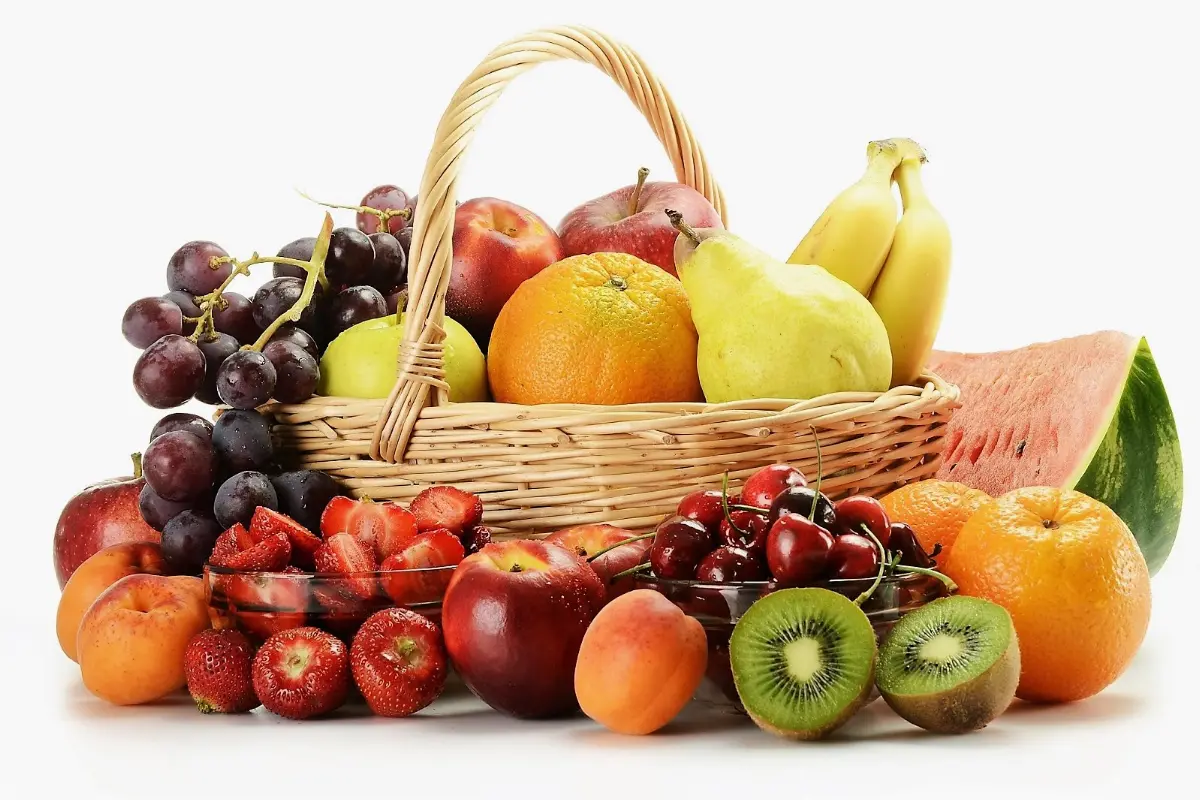
Italian agri-food confirms its leadership in Europe
Rome Business School report: with 42.4 billion euros of added value and a 75 billion euro supply chain, Made in Italy is ahead of the rest

Italy remains Europe's leading agricultural producer, with €42.4 billion, or 18.2% of the EU total, ahead of France and Spain, despite receiving less public subsidies than other major EU countries. The supply chain, including agritourism and renewable energy, is worth €75 billion, more than fashion, furniture, and automotive combined. Exports exceeded €70 billion (+7.5%), equal to 11% of the national total. These are the initial findings of the report "The Future of the Made in Italy Food Sector. Supply Chain, Exports, and the Green Revolution," edited by Valerio Mancini , director of the Rome Business School's Research Center.
Driving this growth are the expansion of the organic sector, which involves over 92,000 companies and 18.7% of the national agricultural area, record investments in AgriFoodTech (over 350 million euros in 2024), and 887 DOP, IGP, and TSG certified products, over 60% of which are exported, true ambassadors of Made in Italy quality around the world.
For the report's author, Valerio Mancini , the record-breaking figures for the Italian agri-food sector are "a good sign of resilience and strategic vision" in a global context marked by economic and climate uncertainty. This is also because the agri-food sector remains Italy's leading economic sector, with a value 2.3 times greater than that of fashion, 4.4 times greater than that of furniture and design, and a whopping 4.5 times greater than that of the automotive industry.
In 2024, the agri-food sector recorded a 3.5% growth in volume compared to the previous year, driven primarily by the fruit (+5.4%), fresh vegetable (+3.8%), and wine (+3.5%) sectors. Considering the entire supply chain, from primary agricultural production to agritourism and agroenergy, the overall value of the sector reaches 75 billion euros, according to the Riparte l'Italia Observatory.
Italy is therefore the EU's leading country in agricultural value added, with a share of 18.2% of the estimated €233.6 billion total. Despite ranking third in production volume (€74.6 billion), preceded by France (€89.4 billion) and Germany (€75.5 billion), our country stands out for its efficiency and profitability, thanks in part to a 4.5% reduction in intermediate costs.
Italian agriculture is also the least subsidized among major European producers, with a ratio of public subsidies to value added remaining at 12.3%, compared to 24.5% in France, 21.9% in Germany, and an EU average of 21.7%. In 2024, the drive for innovation was strengthened by over €350 million in funding from the National Recovery and Resilience Plan (NRRP) and the Transition 4.0 plan, which favored the widespread adoption of advanced technologies in the supply chain: IoT sensors for environmental monitoring and smart irrigation, blockchain for certified traceability, precision automation, and digital platforms for business management.
With more than 1,600 companies specializing in the processing and preservation of fruit and vegetables, Italy remains a European leader in the agro-industrial sector, thanks to a robust ecosystem that integrates large groups, SMEs, startups, production districts, and research centers. A system, the report emphasizes, "that not only generates value, but also represents a driver of territorial cohesion, ecological transition, and international competitiveness."
Agri-food exports: 2024 a record year
In 2024, Italian agri-food reached a new all-time high, with exports exceeding €70 billion, up 7.5% and accounting for 11% of national exports. Agri-food districts generated €28 billion, an increase of 7.1%, higher than the manufacturing average. "Italy," the experts write in the report, "confirms its position as one of the main global players in agribusiness, thanks to a system that combines quality and traceability."
Among the key growth drivers were sparkling wines (+10% in value), aged cheeses such as Grana Padano and Parmigiano Reggiano (+10.1%), extra virgin olive oil (+50%), pasta, baked goods, coffee, and fruit and vegetables, which exceeded €10 billion in exports. The olive oil trade balance returned to surplus, thanks to increased volumes and value.
1/Continued
EFA News - European Food Agency